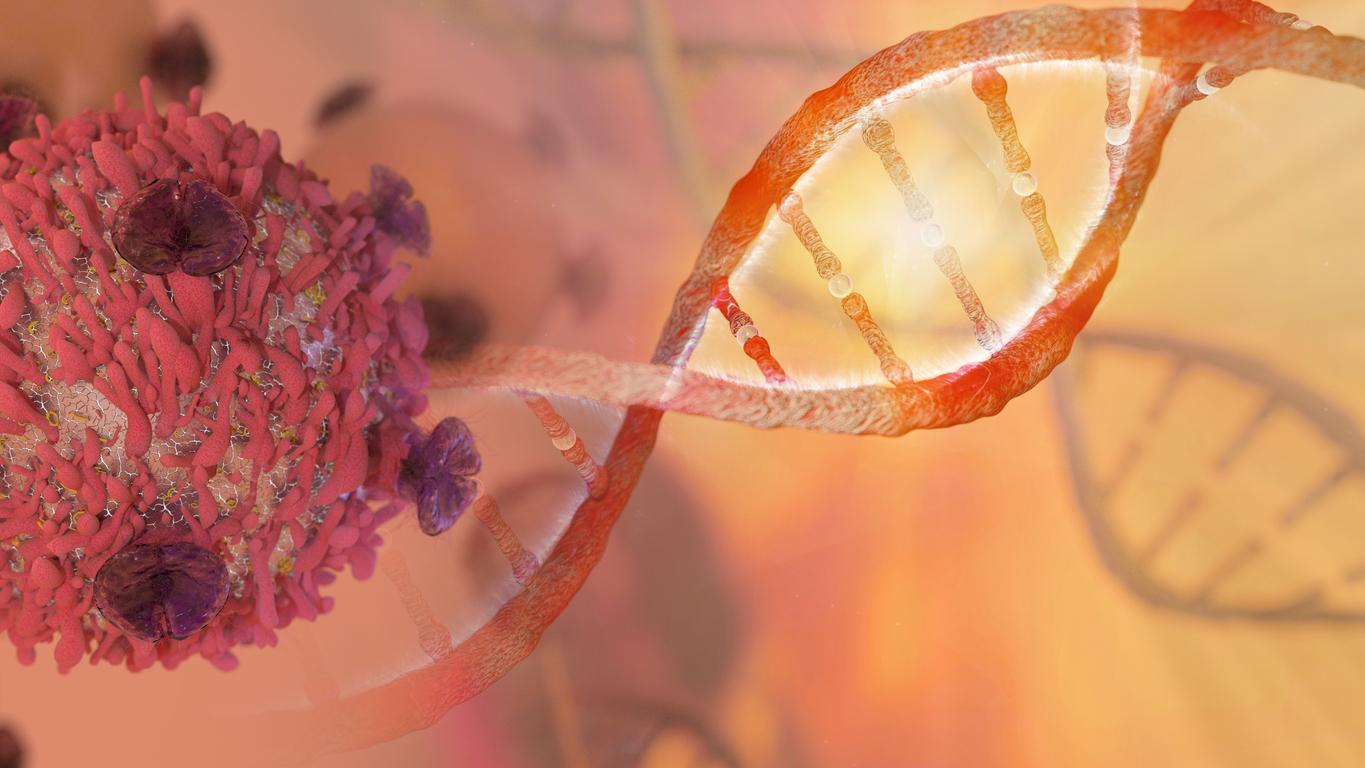Chlordecone is considered an endocrine disruptor, a neurotoxin, a toxic product for reproduction and development, as well as a carcinogen. But what is its effect on unborn babies and young children who are exposed to it? Inserm researchers have looked into the question, their results have been published in review Environmental Health.
Inserm explains in the preamble to the study: that its “neurotoxicity is explained by the ability of the molecule to interact with many neurotransmitters and by its hormonal properties, in particular its action on estrogens. However, estrogens play a role crucial, in a differentiated way according to the chromosomal sex, in the development of the brain.”
Decreased IQ
To understand whether exposure could have an impact on the fetus or the young child, they started from a cohort in Guadeloupe with 576 children, including the level of pesticide was taken from the umbilical cord before birth and in the blood at the age of 7 years.
Afterwards, their intellectual abilities were observed according to various criteria : verbal comprehension, information processing speed, working memory and perceptual reasoning. And their mothers answered questions about their behavioral difficulties from two points of view: their emotions and relationship problems with peers (so-called internalized difficulties), and their problems with social behavior, hyperactivity or inattention (so-called externalized difficulties ).
For children exposed before birth, internalized difficulties were 3% higher on average than for unexposed children, but this only affected girls (7% increase). On the other hand, postnatal exposure has been linked to intellectual capacities reduced by 0.64 IQ points, especially in boys this time. The latter presented a “decrease in indices evaluating perceptual reasoning, working memory and verbal comprehension”. Globally, postnatal exposure had more impact on children’s neurodevelopment, with more so-called externalized difficulties, in both genders.
Luc Multigner, research director at Inserm who participated in this work concludes: “While the neurological and neurobehavioral effects seen in this study are relatively mild and subtle at the individual level, they may, given the widespread exposure of the Caribbean population to chlordecone, have a non-negligible impact at the population level.”
Chlordecone, a health and legal scandal
On January 5, the courts declared a final dismissal of the case of chlordecone poisoning in the West Indies after more than sixteen years of proceedings. This powerful pesticide, used for several decades in banana plantations, has proven to be highly carcinogenic. Banned in the 1970s in the United States, it will be in France only twenty years later and it will wait until September 30, 1993 for chlordecone to be definitively banned in the West Indies where cases of prostate cancer are breaking records. In Martinique, the incidence of prostate cancer is even the highest in the world, with 227 cases per 100,000 people per year, according to the International Journal of Cancer. In addition, according to Santé Publique France, 90% of West Indian populations have been exposed to chlordecone contamination.
Source: Prenatal and childhood chlordecone exposure, cognitive abilities and problem behaviors in 7-year-old children: the TIMOUN mother-child cohort in Guadeloupe, Environmental Health, February 27, 2023.


















